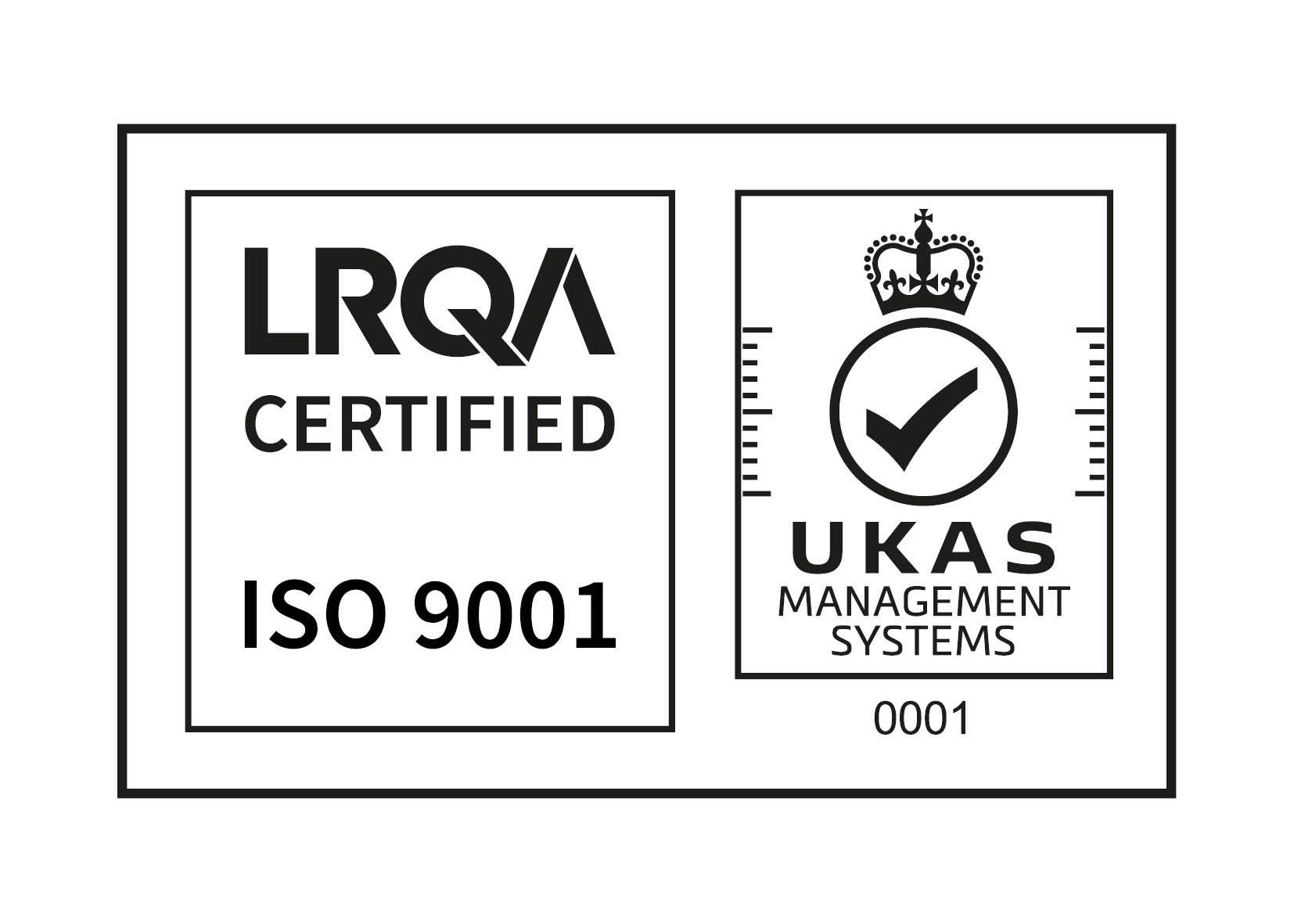What role can automated scan data registration play in the time-quality-cost trade-off?

What role can automated scan data registration play in the time-quality-cost trade-off?
Date: 26th April 2024
While 3D laser scanning captures this complex maze of pipes, vessels and ever-shifting machinery in incredible detail, it's not until that data has been processed that it becomes actually useful in a business. This seemingly simple task unlocks the full potential of your laser scan data, transforming it from a point cloud into an actionable 3D model.
So what is scan registration? How does automated scan registration work? And what role is it playing in the time-quality-cost trade off a lot of design engineers encounter on a daily basis?
What is scan registration (or post-processing)?
Think of it like putting together a giant jigsaw puzzle. Each scan you collect represents a different angle, view, or piece of information about your site. Scan registration takes these individual scans, with their slightly different viewpoints and orientations, and aligns them precisely into a unified coordinate system to create a complete picture.
Traditionally, this process has relied on engineers manually identifying overlapping areas or distinctive features within each scan to achieve precise alignment. This manual approach, while effective, can be incredibly time-consuming, especially for expansive and intricate chemical plants. This is why a lot of softwares are using AI to automate this process.
How does it work?
These programs leverage cutting-edge algorithms to automate the alignment process. This software works by intelligently identifying natural features within the scans, such as common pipe segments or strategically placed targets, to achieve precise alignment between individual scans.
What role does automated registration play in the time-quality-cost trade-off?
Automated registration disrupts the traditional time-quality-cost trade-off in 3D laser scanning. Traditionally, achieving high quality meant spending more time on manual registration. However, automated registration software achieves this task efficiently, saving time without compromising quality. Since most software comes with built-in automation, this can also save on costs too.
Are there any situations where you might manually process scan data?
In many cases, a hybrid approach is best; where automation handles most of the alignment, and then manual adjustments are made for specific areas. That way you can be sure that your models and scans are of the highest quality possible.
There is occasionally a project where completely manual registration is required. For example, when…
You’re working in a unique or challenging environment that has unusual features or contains reflective surfaces that disrupt automated algorithms.- You’re using low-quality scan data. Scans with limited detail or significant noise might not offer enough "natural features" for automated software to work effectively. Manual registration allows for a more targeted approach using specific control points.
- The project you’re working on requires exceptionally high accuracy or needing to focus on specific areas with unique features. Manual registration offers more granular control over the alignment process.
- You’re using older or less capable registration software, automation might not be as reliable.
Whether you’re using an automated system or not, manually reviewing any point cloud data before converting it to your chosen format is an essential step in post-processing. This ensures that the quality of your final product isn't affected by your change in process.
Ready to unlock the time-saving intelligence of automated scan registration for your next chemical plant project? Contact us today to discuss how our expertise and technology can streamline your workflow and deliver exceptional results.




